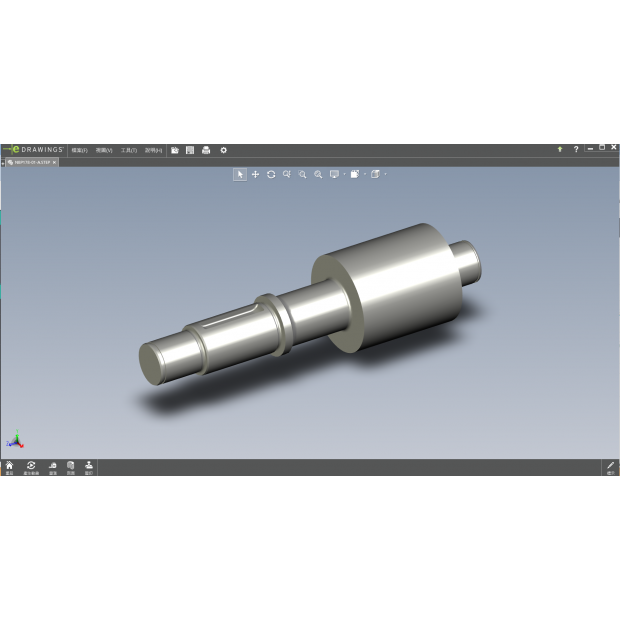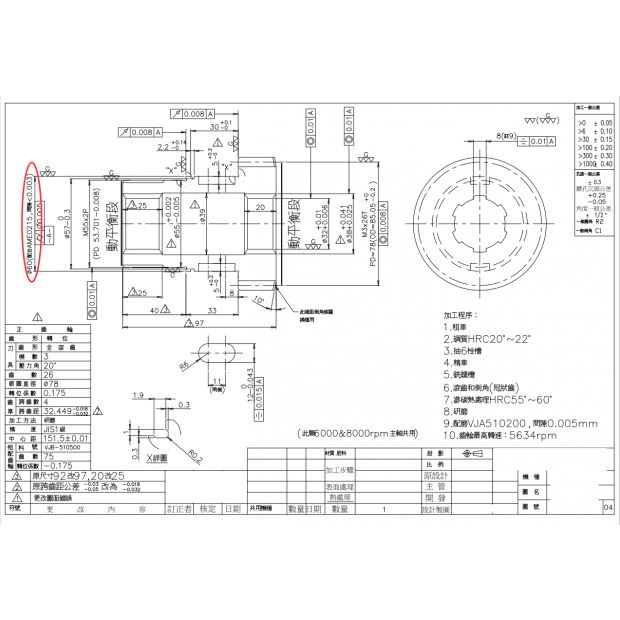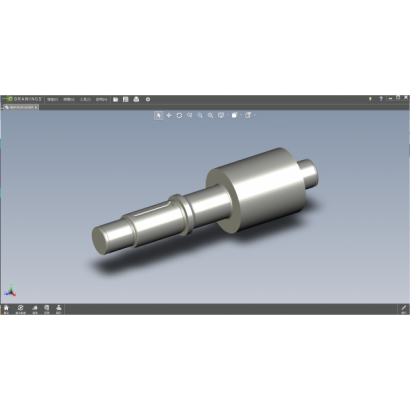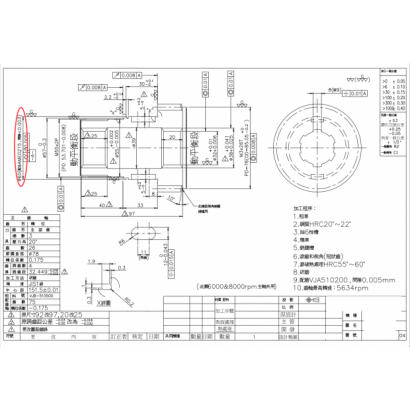-
Selection of Gear Type: Choosing the appropriate type of gear (such as spur gears, helical gears, bevel gears, etc.) based on the application requirements including speed, torque, and space constraints.
-
Gear Geometry: Determining the dimensions, tooth profiles, and pitch of the gears to ensure proper meshing, load distribution, and efficiency.
-
Material Selection: Selecting suitable materials for gears based on factors like strength, wear resistance, and operating conditions.
-
Stress Analysis: Performing stress and load analysis to ensure gears can withstand expected loads and avoid premature failure.
-
Manufacturing Considerations: Considering manufacturing processes such as machining, forging, or casting, and designing gears that are feasible to produce with high accuracy.
-
Performance Optimization: Optimizing gear design to minimize noise, vibration, and power loss while maximizing efficiency and durability.
Gear engineering design is crucial in industries such as automotive, aerospace, robotics, and machinery manufacturing where precise and reliable gear performance is essential for overall system efficiency and reliability.




